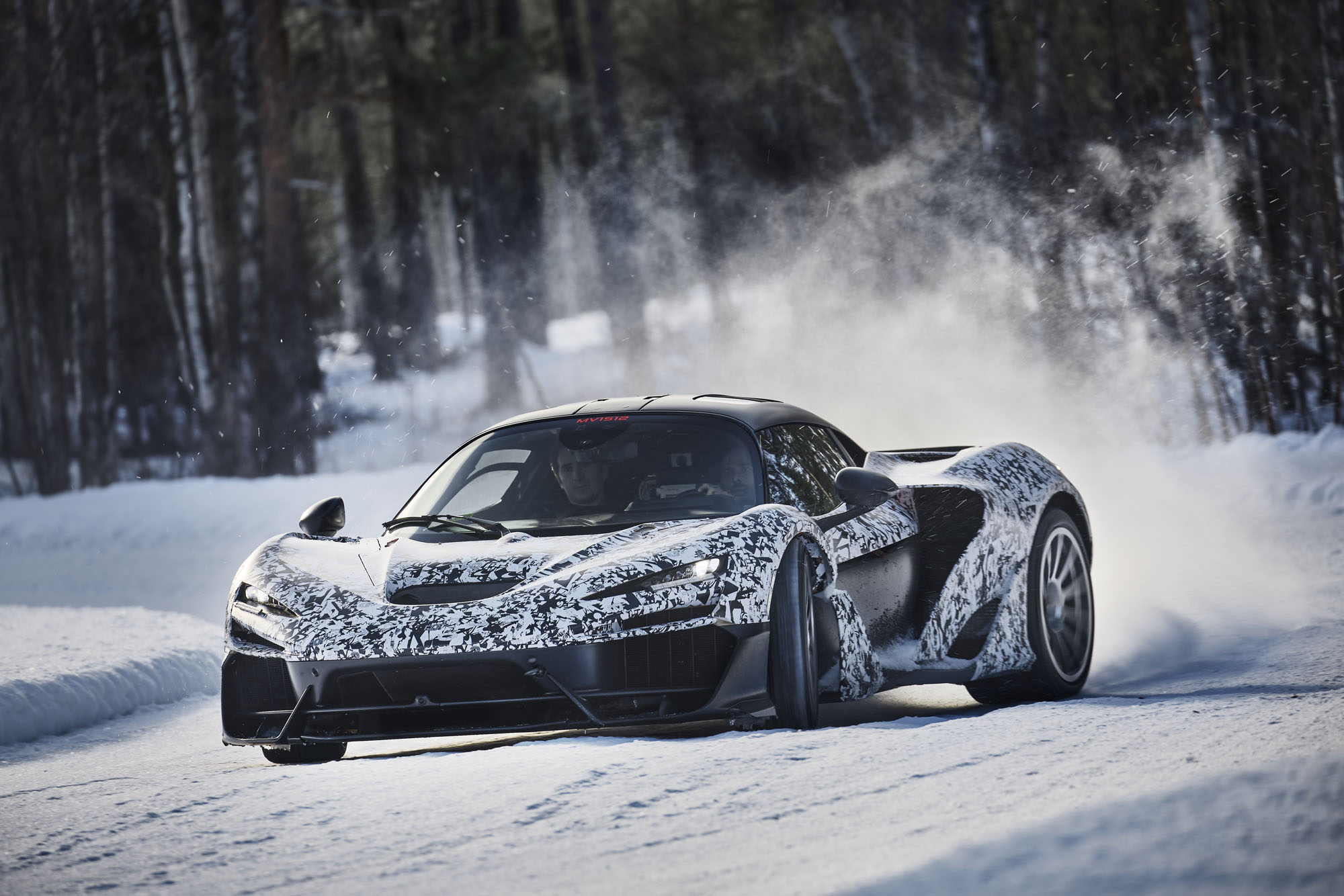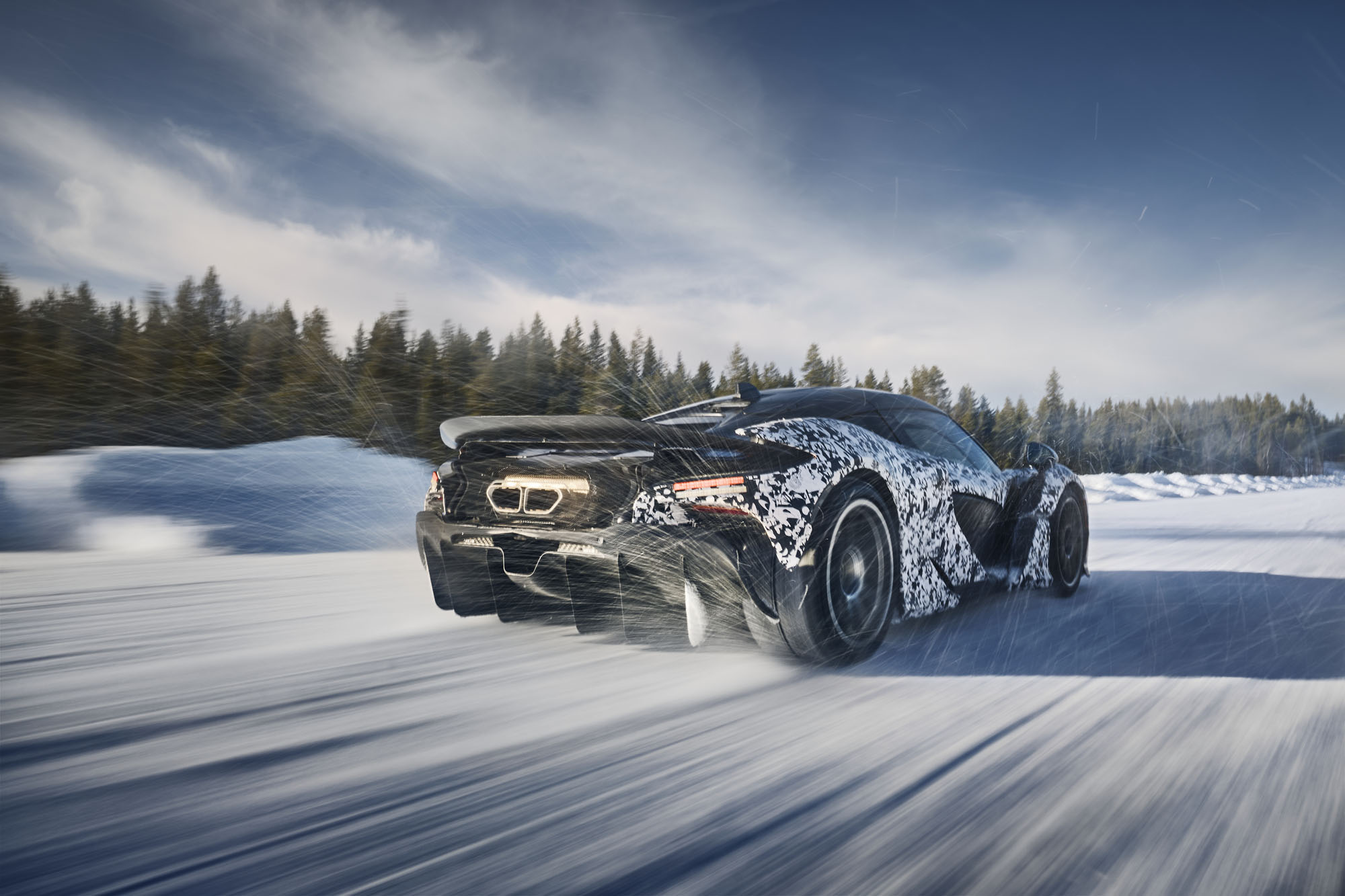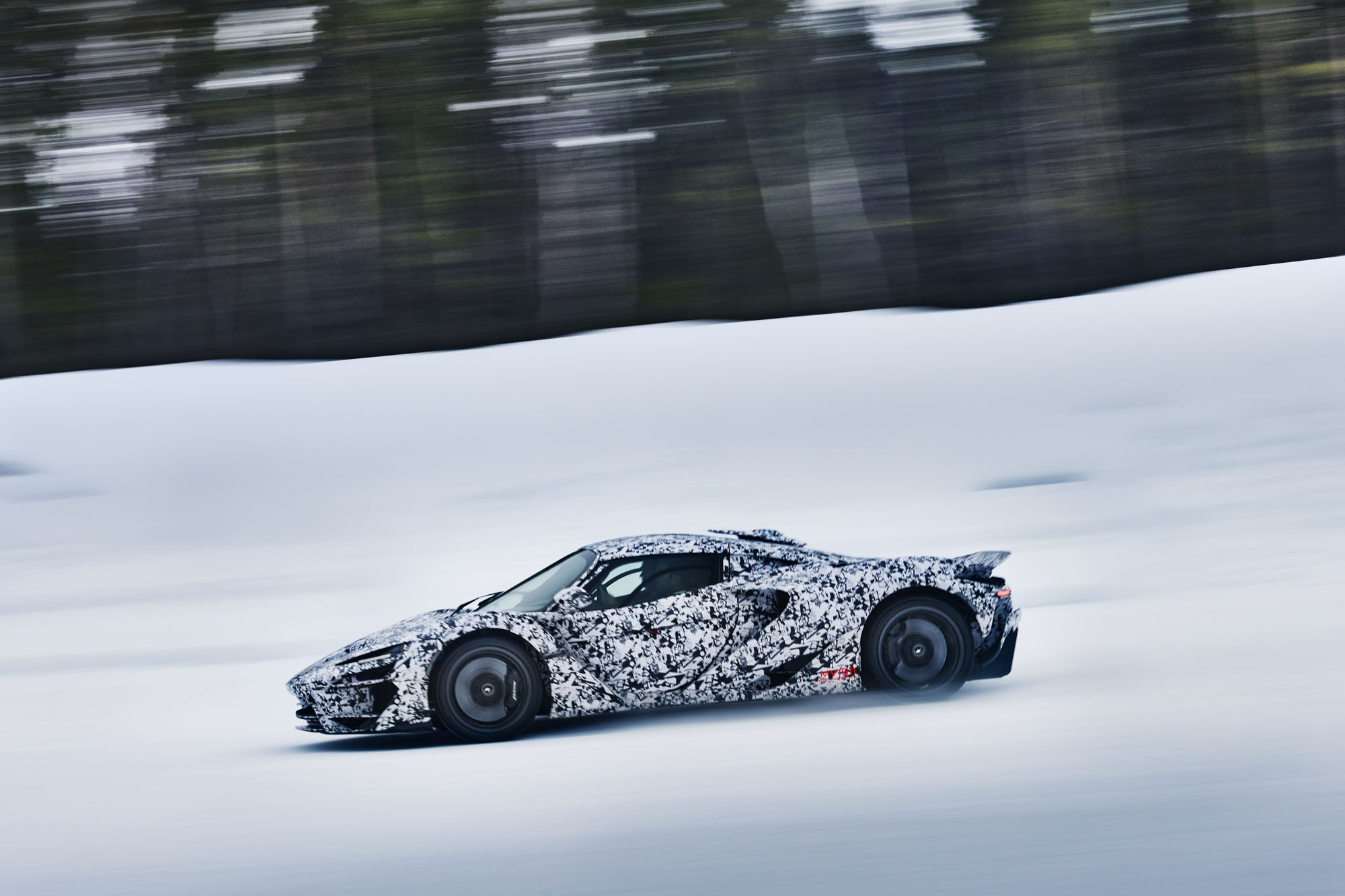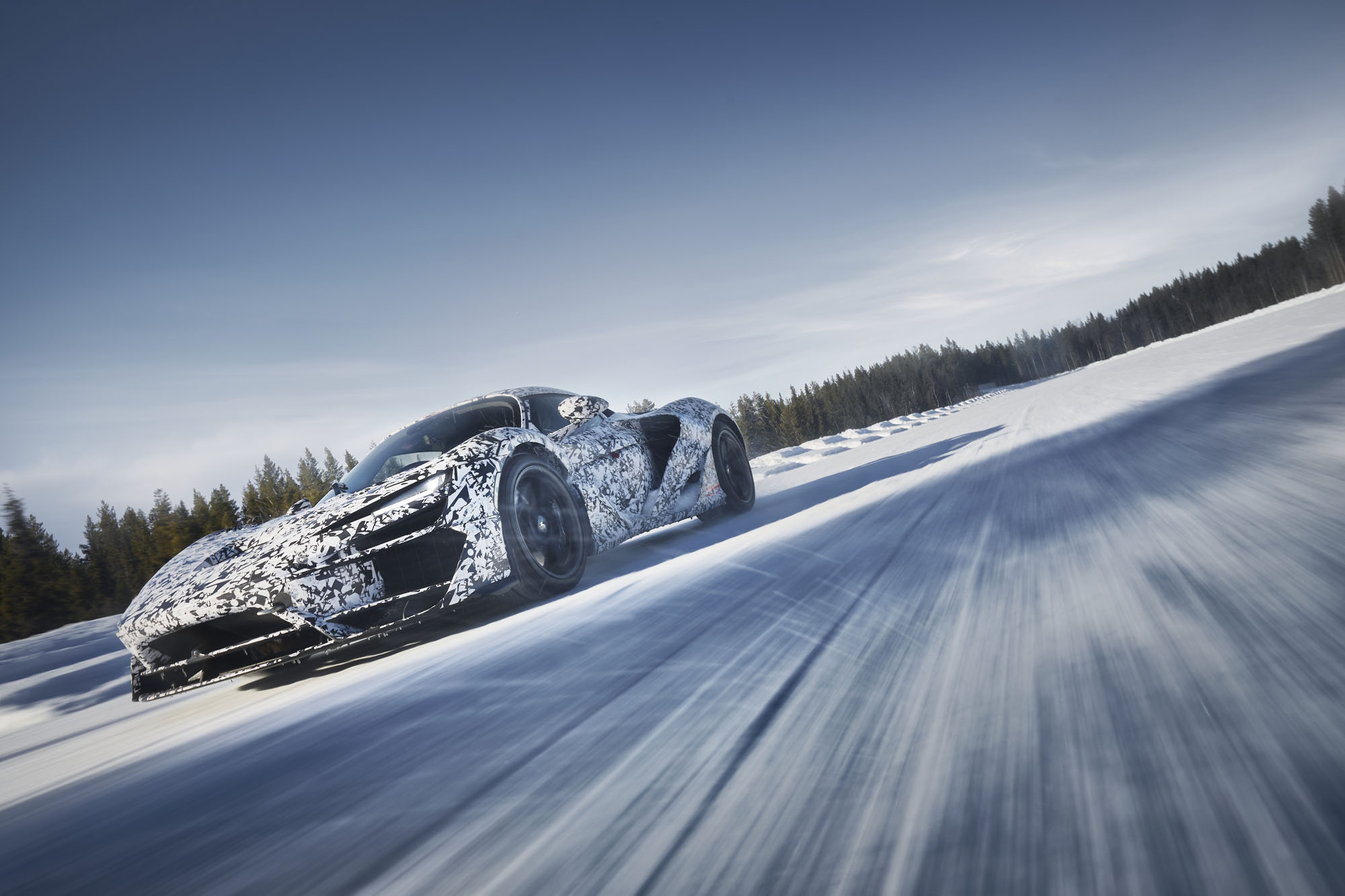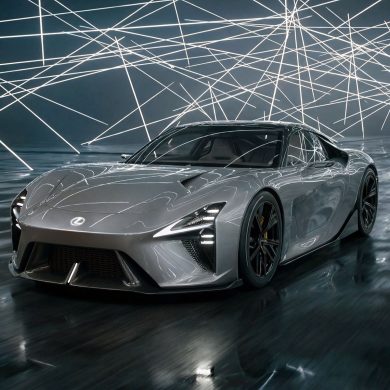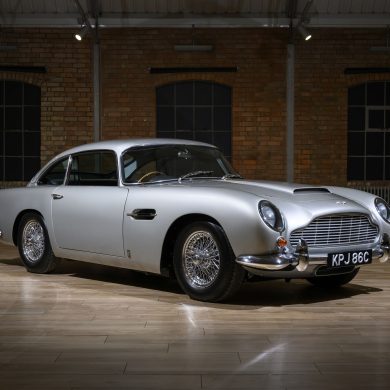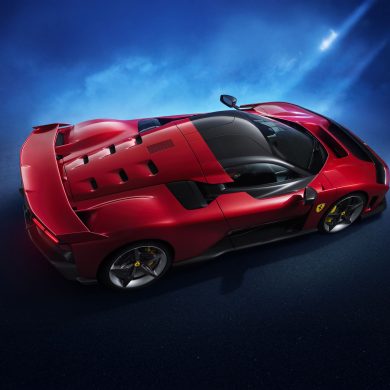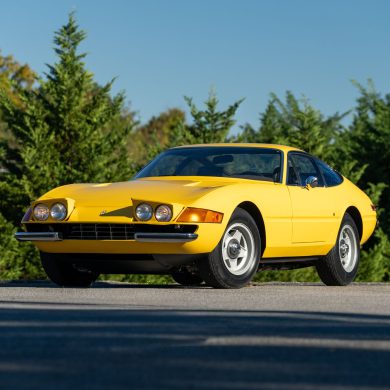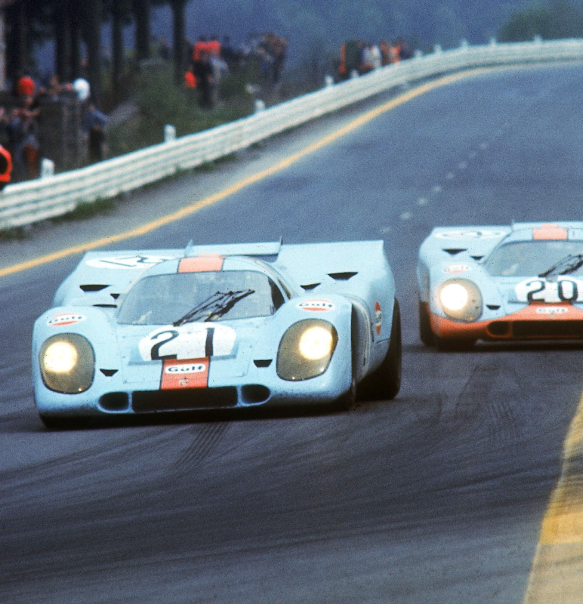A comprehensive cold-weather testing program for McLaren W1 prototypes in the Arctic Circle completes validation of key vehicle systems and capabilities in sub-zero conditions. The optimization of chassis, traction control, torque vectoring, and electronic stability program systems on ultra-low grip surfaces ensures that the 1,275PS and 1,340Nm power and torque produced by the epic new V8 hybrid powertrain at the heart of W1 can truly deliver performance everywhere.
The Ultimate Challenge
The 1275 PS McLaren W1 is the fastest-accelerating, fastest-lapping road-legal McLaren in history. Yet, engineers have always insisted that the supercar must balance its world-beating performance with capability in the most challenging conditions on the planet. Extensive McLaren W1 testing with prototypes in the Arctic was a critical milestone to ensure the new ‘1’ car delivers on that promise.
Widest Breadth of Ability
Optimizing the chassis and systems to harness the McLaren W1’s power in Arctic conditions was a priority. ‘We’re talking about a car with 1275PS, so to give traction in low-grip conditions is a big challenge,’ describes Dani Marcos, McLaren Lead Test Driver. ‘We pushed to get the best performance from our torque-vectoring systems and traction control, stability control [ESP] and ABS systems.’
Extreme endurance
Everything from the McLaren W1’s engine and gearbox to the hybrid battery and electric motor was stress-tested in the sub-zero conditions. Even the effect of compacted snow and ice on the cooling system’s vents was rigorously checked. As Chief Engineer Andy Beale explains, the ‘short days and long test times’ are ultimately the biggest challenge of winter testing, but ‘proving the performance and calibrating for these conditions is an important part of our testing.’
The cold-weather stages of the McLaren W1’s exhaustive test and validation program concluded earlier in 2025, and elements of the development activity, which usually takes place in secret, are being shared publicly.
Above content © 2025 McLaren Automobile, reviewed and edited by Rex McAfee


